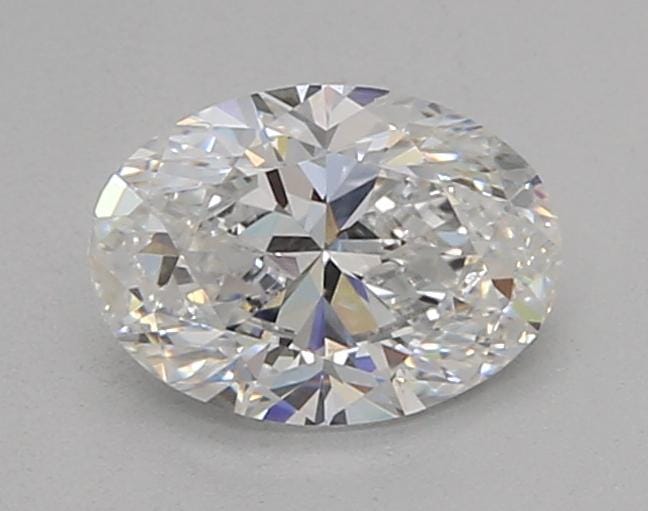Carat Chronicles: Decoding Lab Diamond Weight Selection
Entering the world of lab diamonds opens up a realm of possibilities for those seeking stunning and ethical alternatives to traditional mined diamonds. Lab-grown diamonds offer the allure of authenticity and brilliance without the environmental impact often associated with diamond mining. One of the crucial decisions to make when choosing a lab diamond is selecting the ideal carat weight to suit your preferences and budget. The process of decoding the significance of carat weight requires a thoughtful approach that balances your desired diamond size with considerations such as quality, setting, and personal style.
Carat Measurement
Lab diamond carat weight is a significant factor to consider when selecting the ideal stone for your jewelry piece. Carat weight directly impacts the size and visual appeal of the diamond, making it a crucial aspect of the decision-making process.
The carat measurement of a lab diamond refers to the unit used to weigh the stone, with one carat being equivalent to 200 milligrams. It is important to note that carat weight is not the only factor determining a diamond's value and desirability.
When choosing the carat weight for your lab diamond, it is essential to strike a balance between the size of the stone and your budget. Opting for a slightly lower carat weight can often provide cost savings without compromising on the overall beauty and brilliance of the diamond.
Factors in Lab Diamond Weight
When selecting the ideal carat weight for your lab diamond, it is crucial to consider the overall desired look and style you wish to achieve. Larger carat weights can create a more striking and impressive appearance, perfect for those who prefer a bold statement piece. Conversely, a smaller carat weight may be more suitable for a subtle and understated elegance that is still equally charming.
Another key factor to take into account is your budget. Carat weight significantly impacts the price of lab diamonds, with larger carat weights typically commanding a higher cost. By determining choosing carat weight for lab diamond and understanding how carat weight influences pricing, you can make a more informed decision that aligns with your financial considerations while still achieving the desired aesthetic.
Lastly, it is essential to assess the diamond's overall quality and how it complements the chosen carat weight. Factors such as cut, color, and clarity play a vital role in enhancing the brilliance and sparkle of your lab diamond, regardless of its carat weight. By ensuring a balance between carat weight and diamond quality, you can select a lab diamond that not only meets your desired carat weight but also shines brightly with exceptional beauty.

Choosing the Right Carat Size
When it comes to selecting the ideal carat weight for your lab diamond, it's essential to consider your personal style and preferences. Some individuals prefer a larger carat size for a more glamorous and standout look, while others opt for a more modest size for a subtle and elegant appearance.
Additionally, the setting of your lab diamond can also influence the perceived carat size. A halo setting, for example, can make a smaller carat diamond appear larger due to the surrounding smaller stones enhancing its overall presence. On the other hand, a solitaire setting can highlight the beauty of a single larger carat diamond.
Ultimately, the choice of carat size for your lab diamond should reflect your individual taste and lifestyle. Whether you prefer a statement piece with a significant carat weight or a dainty and delicate design, selecting the right carat size is a personal decision that should align with your unique aesthetic and preferences.